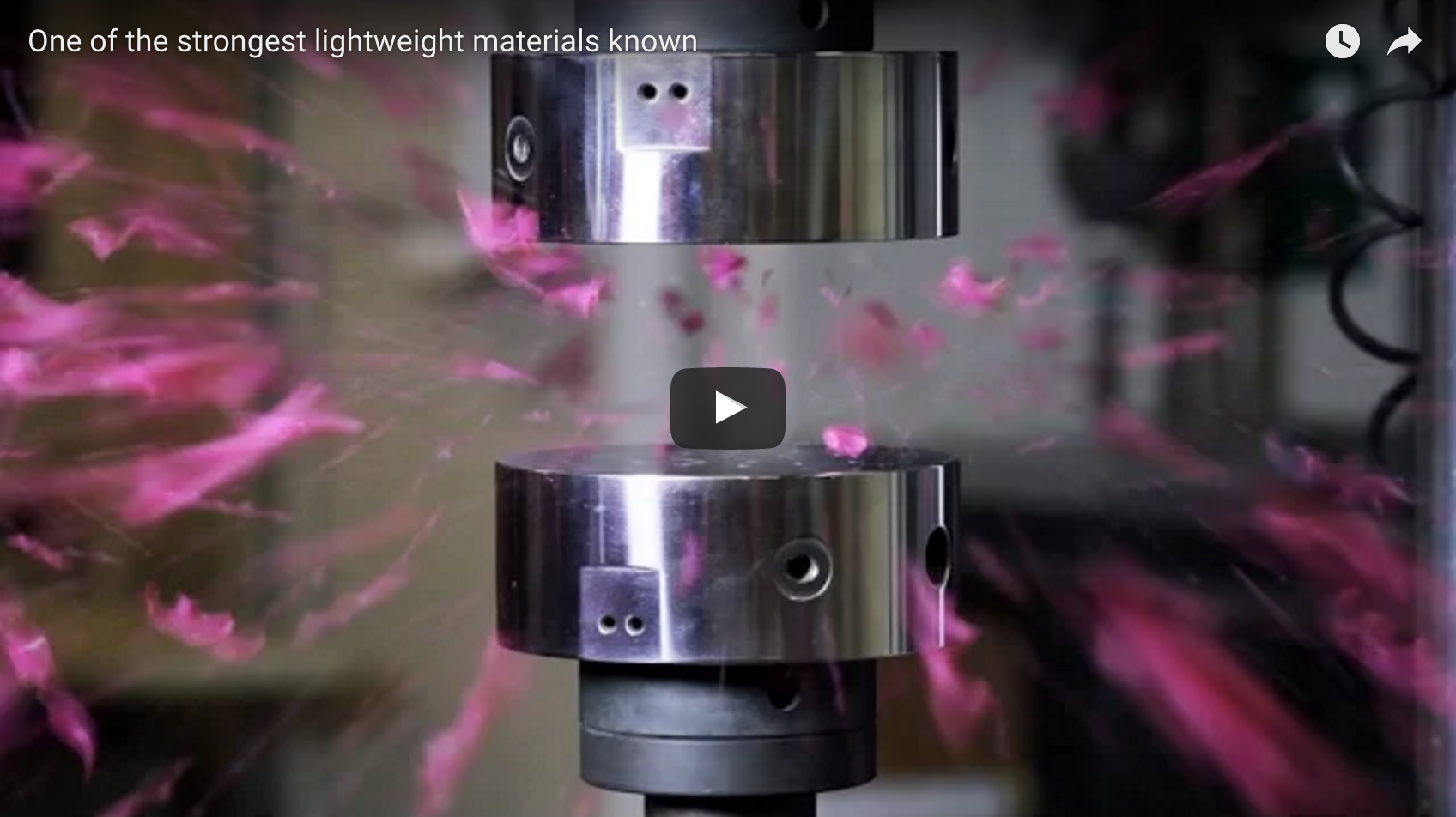
by Kathi Leiden | Jan 13, 2017 | Helium, Helium Science
MIT researchers have been doing some incredible experiments with ultra-light graphene, which some believe could replace helium in balloons. What is graphene? Basically, graphene is a tightly-packed lattice of carbon on an atomic scale. If you had the chance to...
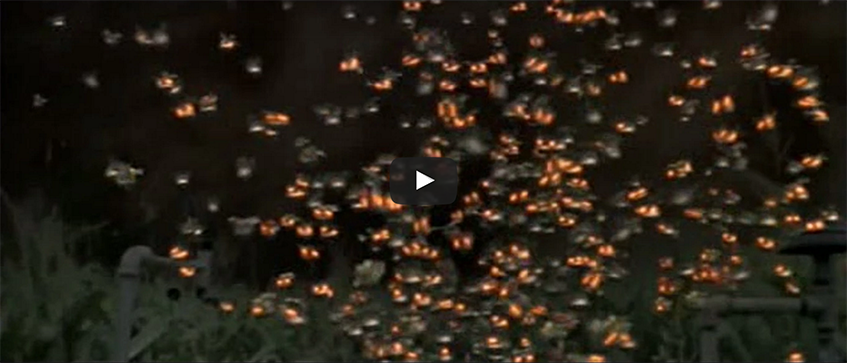
by Kathi Leiden | Jan 3, 2017 | Helium, Helium Science
Engineers at UC San Diego are working to try to better forecast hurricanes by releasing swarms of sensor-laden helium balloons right into the storms. Life imitates art (Spoiler alert, but if you haven’t seen this movie by now then you can’t blame...
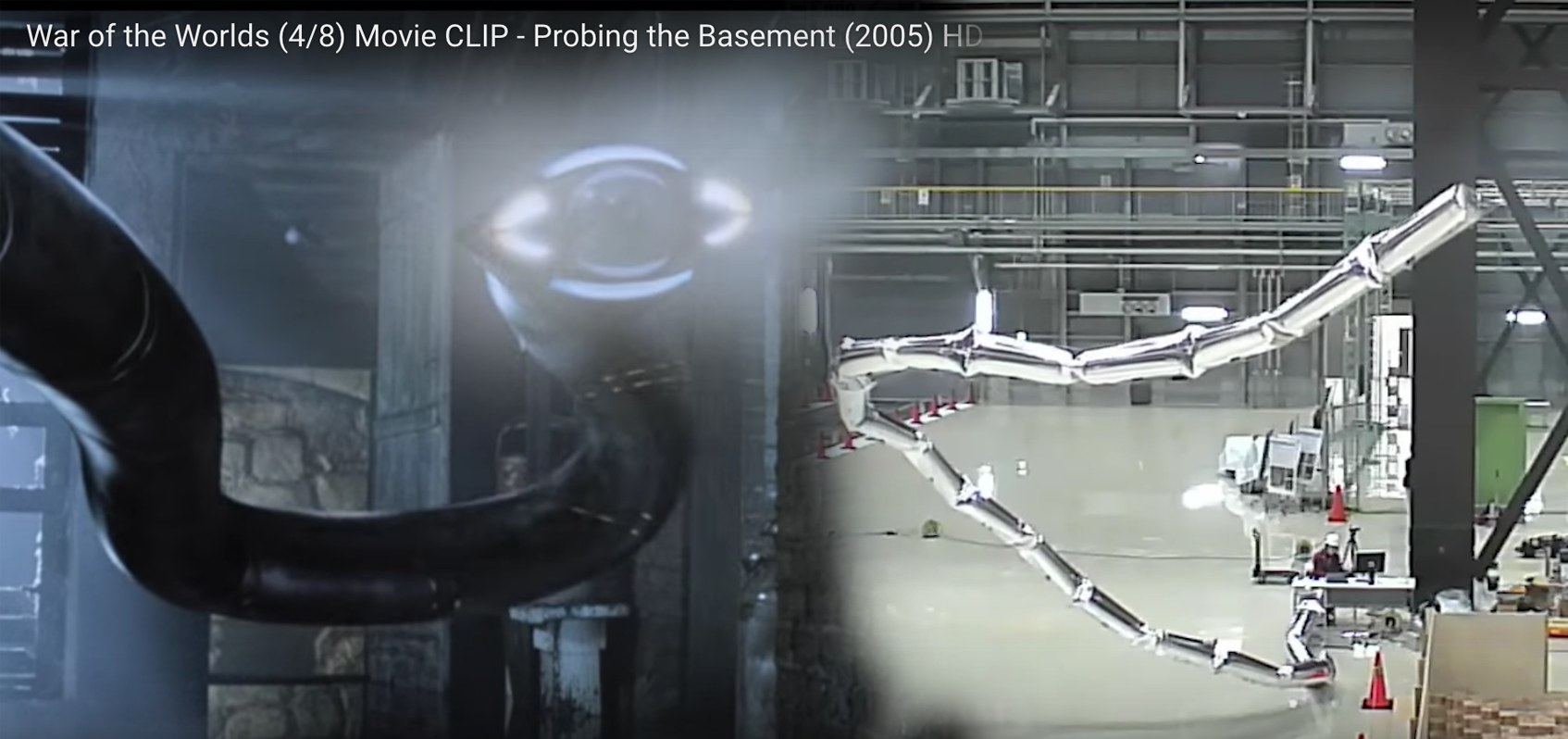
by Kathi Leiden | Dec 19, 2016 | Helium, Helium Science
We came across a video of a 60-foot-long helium balloon robot arm that you just have to see to believe. It is the real-life version of War of the Worlds. Remember this scene above from the 2005 remake of the 1953 classic? Tom Cruise and crew are hiding in the basement...
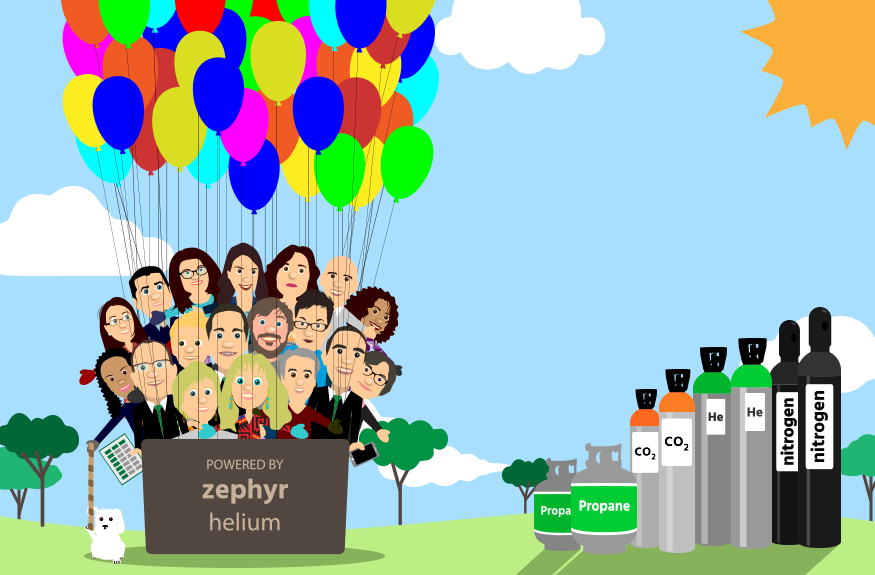
by Kathi Leiden | Dec 15, 2016 | Helium, Helium News
With the approaching new year comes a reason for new celebration! Zephyr is thrilled to announce our strategic partnership with Aterian Investment Partners. What does this mean? For one, it means that Zephyr now has the power to truly up its investment in...

by Kathi Leiden | Dec 7, 2016 | Helium, Helium Science
One of the biggest challenges in making a robot walk seems to be keeping it from falling down all the time. But, a walking helium balloon robot? We’re talking about bipedal robots here – the ones that emulate humans by walking on two feet. And despite all of our...
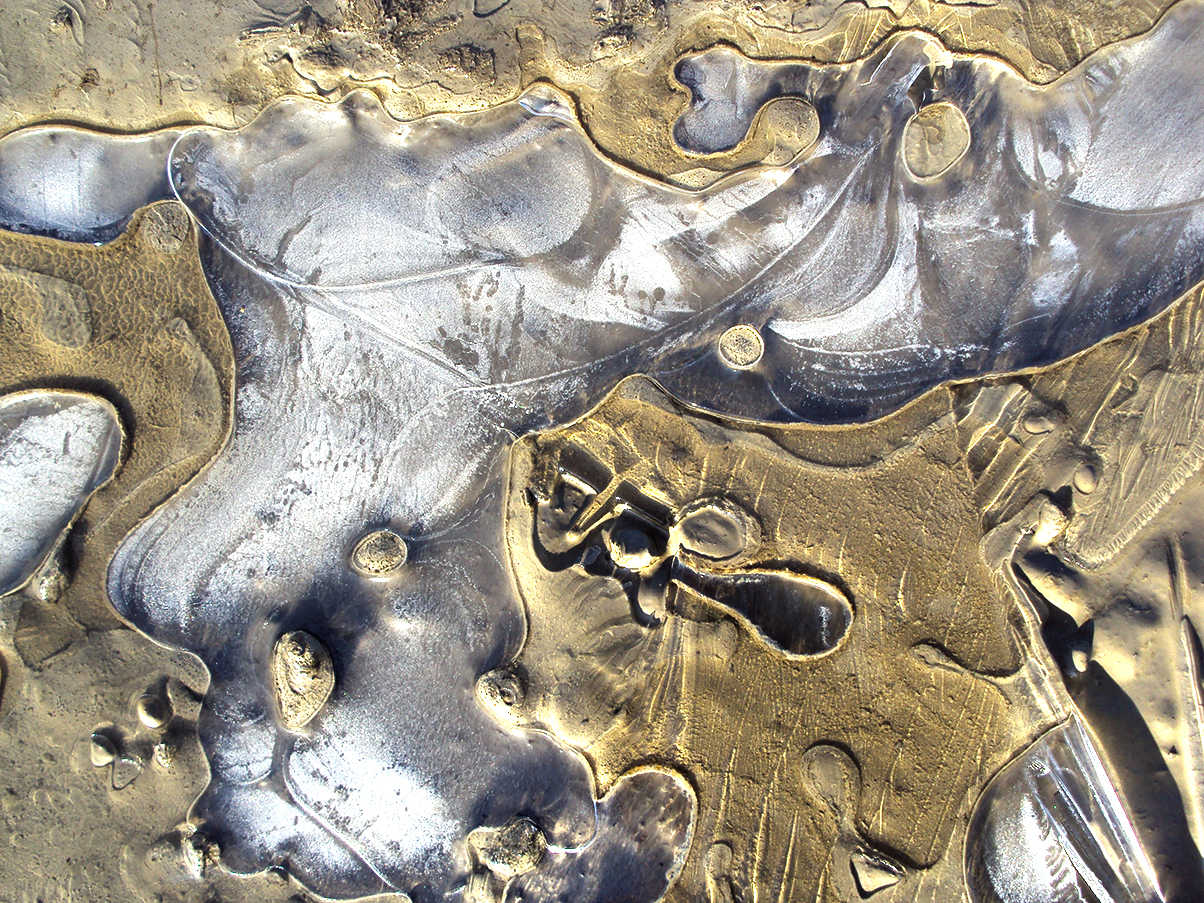
by Kathi Leiden | Dec 1, 2016 | Helium, Helium Science
A new study out of Japan suggests that elevated levels of groundwater helium may serve as an indicator of a looming earthquake. The major earthquake that struck Kumamoto Prefecture along the Futagawa Fault in April of this year may have unlocked a secret to help...







